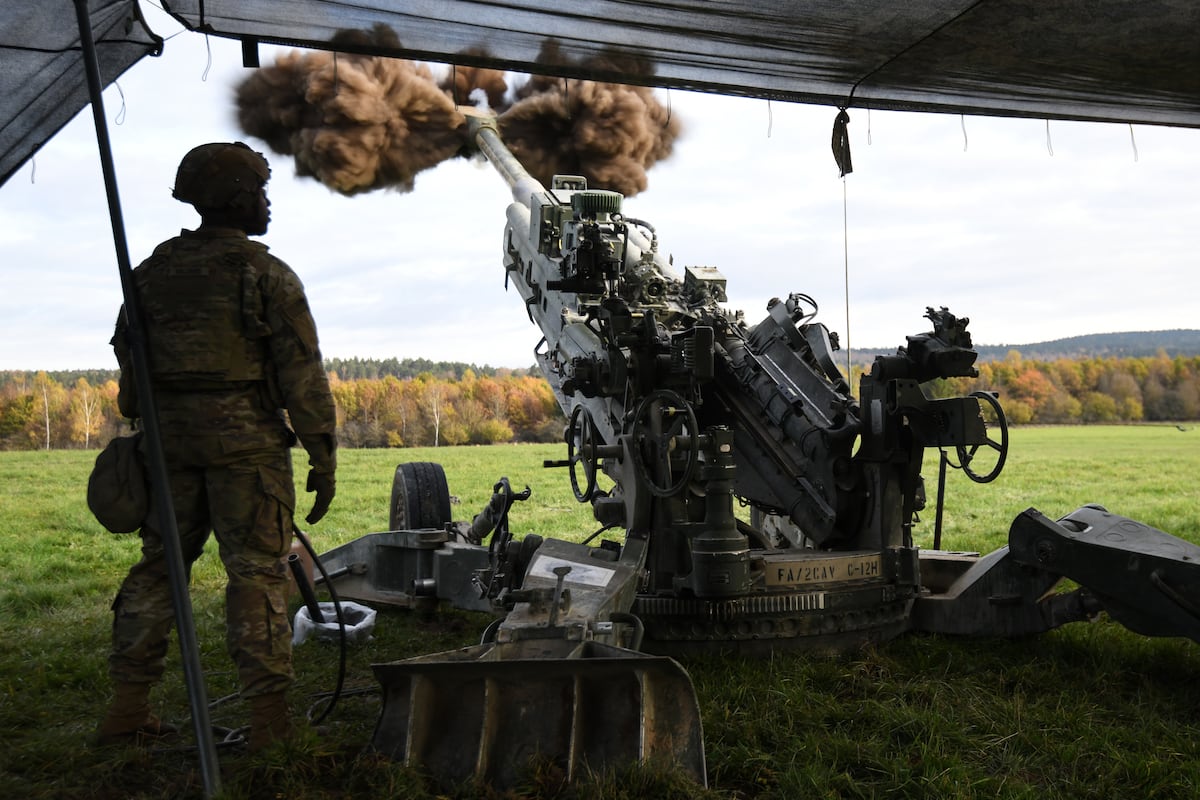Urgent Need for Counter-Drone Technology in Defense
The Growing Threat of Drones
The defense sector faces an urgent imperative to rapidly develop and produce counter-drone technologies to effectively neutralize heightened aerial threats. As demonstrated in recent conflicts, particularly in Ukraine, the scale and deployment of drones have increased significantly, emphasizing the necessity for agile production capabilities.
- Example from Ukraine: Reports indicate that Russian forces utilized approximately 30,000 first-person view drones in August. This level of deployment underscores the critical need for innovative and scalable technological responses.
Challenges in Production and Supply Chains
Col. Marc Pelini, leader of the Army’s Air and Missile Defense Cross-Functional Team, highlights the industrial challenges in scaling production to meet this emergent demand.
- Key Insight: “While we possess niche capabilities, scaling these from an industrial perspective presents significant hurdles,” Pelini noted during a discussion focused on counter-drone initiatives at the recent Association of the U.S. Army conference.
Response from Industry Leaders
Companies like Epirus, known for their high-powered microwave non-kinetic weapons, are acutely aware of these production challenges, particularly concerning supply chain constraints associated with high-powered amplifiers.
- Future Plans: Epirus CEO Andy Lowery emphasized a focus on scaling operations to be prepared for the Army’s forthcoming counter-drone technology program. The company aims to enhance its production capacity through partnerships, particularly with major defense contractors such as General Dynamics.
Expansion for Increased Capacity
Epirus is planning to augment its manufacturing facility in Torrance, California, with a new site targeted for announcement by summer 2026. In the interim, the collaboration with General Dynamics is set to double their production capabilities.
- Production Insight: Lowery explained the complexity of increasing production from seven systems to larger-scale requirements, noting that one of their systems consists of 148,000 individual components—15,000 of which are custom-built while 135,000 are commercial off-the-shelf items.
Strategic Partnerships
General Dynamics aims to cover significant manufacturing aspects, enabling Epirus to focus on core technology development.
- Business Development Perspective: G. Scott Taylor from General Dynamics explained, “Our collaboration began with integrating their capabilities into our platforms like the Stryker, which involves substantial metalwork and systems integration.”
Adaptation to Non-Traditional Defense Firms
This trend of established defense contractors partnering with newer firms is not just beneficial but essential as the Department of Defense increasingly seeks contracts with non-traditional companies. Many of these newer entities lack the resources or experience to meet large-scale military demands.
- Operational Efficiency: Mike Sheehan, CEO of Thales Defense & Security, noted that traditional defense contractors often absorb some production and certification responsibilities, which can alleviate burdens from smaller companies.
Navigating Regulatory Landscapes
The dichotomy between traditional and non-traditional defense companies presents challenges, particularly in terms of compliance with regulatory requirements.
- Certification Requirements: Traditional contractors face rigorous audits and compliance protocols, such as those mandated by the Defense Contract Management Agency (DCMA) and Defense Contract Audit Agency (DCAA). This creates overhead that can detract from innovation and flexibility.
Conclusion
As the defense industry adapts to the rapidly evolving threat landscape characterized by drone warfare, innovative partnerships and responsive production capabilities will be vital. The ongoing collaboration between established firms and emerging technology developers will shape the effectiveness of counter-drone strategies, ultimately enhancing national security efforts.





